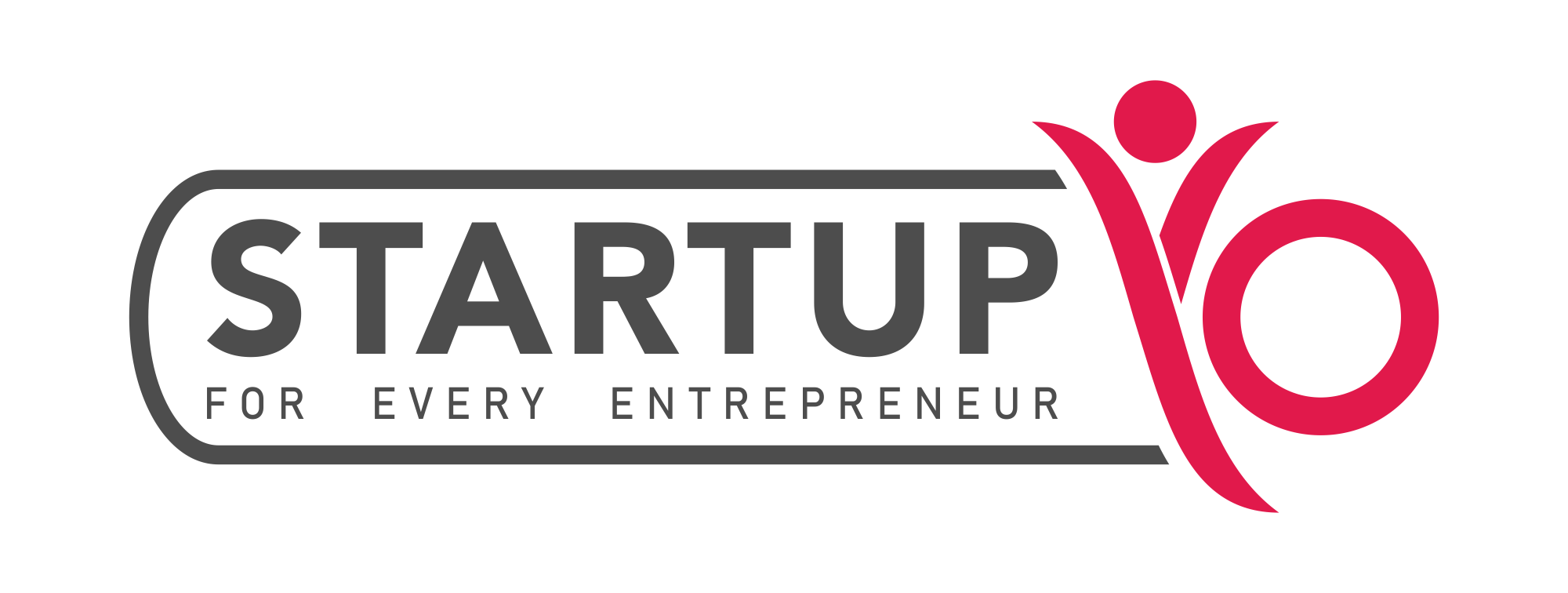Overview of the Difference between Current Account and Savings Account?
As a business owner, you always need a bank account for keeping your business’s sales or profit in a separate account, setting it apart from other sources of income, if any. Even as an individual, you need to select the right bank and create the right type of account for accumulating your savings and using it for any future use. However, most of us are not aware of the different types of options, or different types of accounts that can be opened for our own use. Let us understand the majorly used accounts, i.e., Savings Accounts and Current Accounts.
Read More: How to start a business in India?
What is Savings Bank Account?
As the name suggests, Saving Bank Account is a type of Account that is used for accumulating or keeping your money saved with the bank. Many individuals opt for this account for gathering their savings in one account, as for business owners, various small-scale business owners use Saving Accounts or for their business, as the primary account and deposit them accordingly. However, business owners can only use Saving Bank accounts only if their profits and scope are limited.
Features of Savings Bank Account
Just like any other concept, every term has its own unique features. Selecting a Bank Account is an important decision to be taken, according to your needs. A Savings Bank Account has its own unique features to offer, after understanding these features, it would give you a clear picture.
An Interest rate of 4% to 6%
Savings Account offers you an interest rate of 4% to 6% on your total savings accumulated. This percentage is the average rates that are offered out there by the Banks, it is to be noted that different Banks offer different interest rates, and the recommendation would always be to go with the Bank that has a good rate of interest to offer.
Maintaining minimum cash
As a Savings Account user, it is always mandatory for every account holder to maintain some minimum reserves in their Account. You always have to watch out for the balance that you have in your Savings Account and ensure that it does not go below the minimum requirement.
Banking Services
In Savings Account, you are offered various services that are chargeable at a point. Various services offered are Cheque Books, Debit Cards and free ATM transactions (up to 3 or 4 transactions), chequebook is chargeable by most banks.
Read More: Complete Guide on Term Loans
What is a Current Bank Account?
According to its literal definition, A Current Account is an account at a bank or building society from which money may be withdrawn without notice, typically an active account catering to frequent deposits and withdrawals by cheque. Unlike Savings Bank Account, this Account is mostly preferred by business owners and not individuals who are looking to accumulate their savings. The Current Account’s major feature is the ability to have frequent deposits and withdrawals that are beneficial for business.
Features of Current Account
To understand why the Current Account is preferred by so many business owners and not individuals it is important to have knowledge of its features. The various features of the Current Account are as follows.
Overdraft
To put it in simple words, Overdraft is the most important feature of a Current Account, Overdraft means that the Account holder is free to withdraw an amount from his account even if there is no balance available in the account. The bank treats the Overdraft amount as a loan for the user and charges accordingly. This feature is very beneficial for business owners who require a lot of day-to-day capital, or funds for their business.
Free Banking Services
Another important feature of Current Account is that it offers various Banking services for free. Various Banking services such as Chequebooks, Deposits, and withdrawals are all offered for free by the bank. These services are very important for business owners, as they are in frequent need of withdrawals and Deposits, as well as chequebooks. Such services are charged by the bank if you were a Savings Account Holder.
Number of Transactions
As we already read about the Overdraft facility. A Current Account allows you to make as many transactions as you want for your business. As a business owner, you may have hourly payment deposits or transactions to make. Unlike Savings Account, a Current Account does not charge you money for the number of transactions that you are making.
Read More: What is the professional tax registration process?
Difference Between Current Account and Saving Account
Now let’s get to the main point, the difference between Savings Account and a Current Account. Above, we understood their meaning, and the various features that each has, now let us understand the difference between Current and Savings Accounts, thereby helping you understand which one is more suitable for you as a business owner, or as an individual.
Interest Rates
When it comes to Savings Accounts as discussed above, Banks pay you a ranged annual interest of 4% to 6%. However, when it comes to the Current Account, the bank does not pay you any interest on the amount of money that is available in your account.
Minimum Cash balance
In Savings Bank Account, the amount of cash reserve or balance that is to be maintained by an individual is low, however, the majority of the banks make it mandatory for business owners, or Current Account holders to have a cash balance that is relatively high compared to Savings Account.
Transaction Fees
In Savings Account, Banks allow you free transactions per month only when the number ranges between 3 to 5. Once the number exceeds, it starts charging you some fees for making transactions. When it comes to the Current Account, you are free to make as many transactions as you want, without worrying about getting charged by the Bank.
Overdraft Facility
A Major difference between Savings and Current Accounts is the Overdraft facility. The Overdraft facility allows the user to withdraw the amount even if there are no funds available, this is only possible if you are a Current Account Holder. Savings Account does not offer such a facility.
Conclusion
After understanding the meaning and the various features that Savings Bank Account and Current Bank Account offer, we can conclude various things. Savings Account is beneficial for Individuals who want to save their money, and a Current Account is beneficial for business transactions, and so on.
Disclaimer: The information contained in this article is for general information purposes only. The information is provided by StartupYo (SAB Weblabs Pvt. Ltd). While we endeavor to keep the information up to date and truest to the best of our knowledge, we make no representations or warranties of any kind, express or implied, about the completeness, accuracy, reliability, suitability, or availability with respect to the website or the information, products, services, or related graphics contained on the website for any purpose. Any reliance you place on such information is therefore strictly at your own risk.



